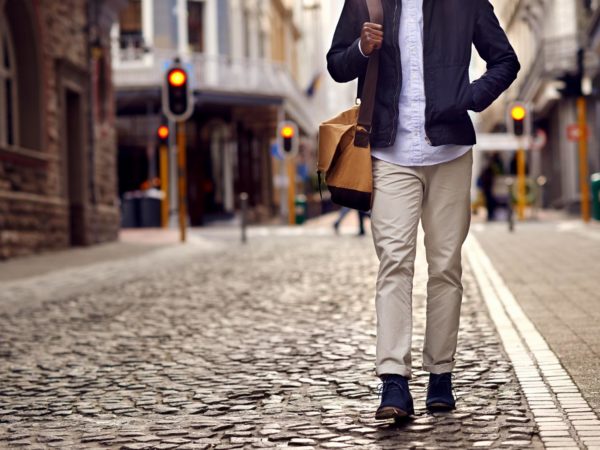Cobblestones: A Chinese Way to Walk?
Is it true that walking on cobblestones improves blood pressure and balance? How so?
Andrew Weil, M.D. | February 2, 2006

Yes, this is true, at least according to a recently published study from the Oregon Research Institute. Here’s the story:
When researchers from the Institute visited China, they noticed that adults spent about a half an hour each day walking on river stone paths in parks and gardens of large cities. They learned that walking on these uneven paths stimulates acupressure points on the soles of the feet. In China, you’ll see people standing and, sometimes, dancing on these paths. Benefits are said to be pain relief, better sleep, and improved physical and mental well-being.
Back home in Eugene, Oregon, the researchers decided to test what they had seen in a clinical trial involving 108 volunteers between the ages of 60 and 92. Half of the volunteers walked daily on mats specially designed to simulate the river-rock cobblestones. The mats were 16 feet long and a foot and a half wide. Some of the volunteers walked barefoot; some wore socks.
The rest did conventional walking for one hour three times a week.
At the end of the 16 week study, the researchers found that the mat-walkers had improved their balance and their blood pressure much more so than the participants who did the conventional walking. One of the researchers, a specialist in balance, noted that finding ways to maintain mobility and balance can delay and even prevent the effects of aging. The study was published in the August 2005 issue of the Journal of the American Geriatrics Society.
As far as the effects on blood pressure are concerned, more investigation will be needed to confirm the results. The Oregon study is the first controlled clinical trial to evaluate the benefits of walking on cobblestones. If you want to try it and have no cobblestones nearby, you can buy a mat from the Oregon Research Institute in Eugene.
Andrew Weil, M.D.










